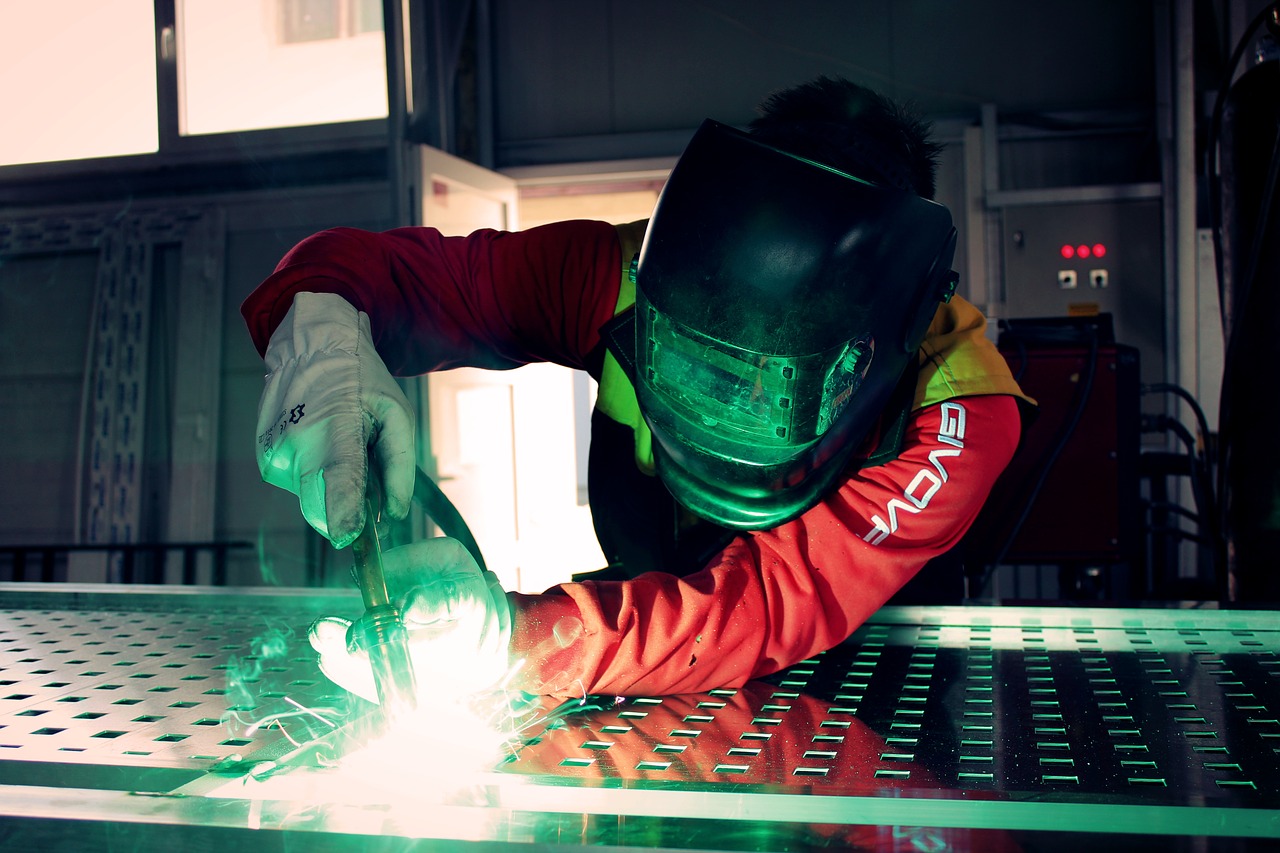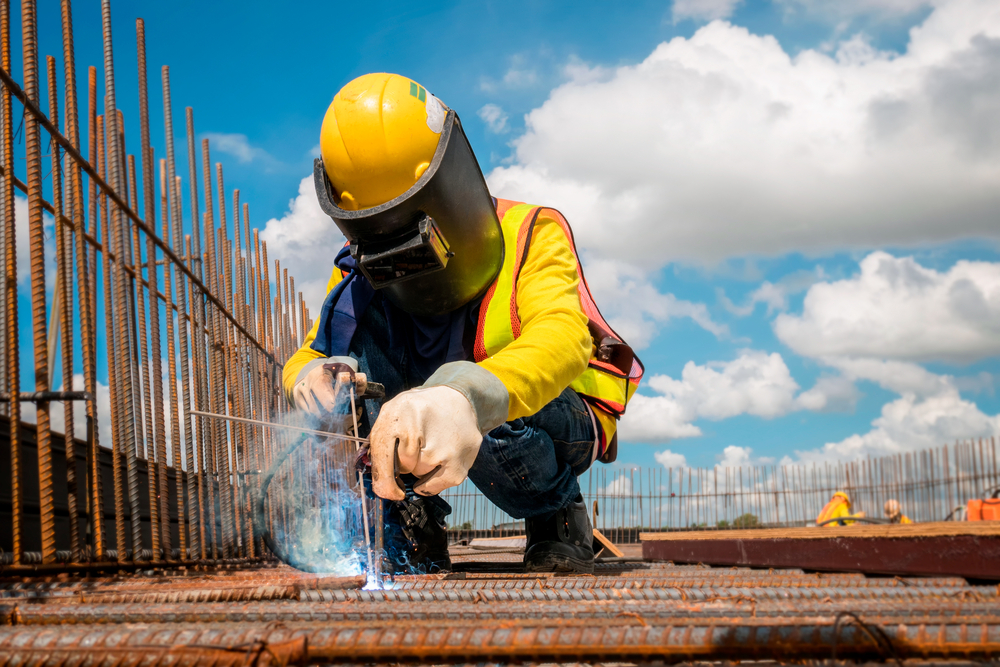Common Welding Repair Service Issues and Exactly How to Address Them Successfully
Welding repair services typically run into a variety of issues that can jeopardize the stability of the final product. Usual troubles include insufficient penetration, porosity, and misalignment, to name a few. Each flaw presents one-of-a-kind difficulties that require specific strategies for resolution. Understanding these problems is necessary for welders intending to boost their abilities and results. This discussion will check out these common welding repair issues and reliable approaches to resolve them.
Poor Infiltration
Poor penetration occurs when the weld metal stops working to totally fuse with the base material, causing weak joints and prospective structural failings. This issue often comes from insufficient warm input, incorrect electrode angle, or improper welding speed. Welders might experience inadequate infiltration due to a mistake of the needed parameters for a details material density or type. Additionally, contamination on the base material's surface can impede reliable bonding, intensifying the trouble. To attend to insufficient penetration, welders ought to ensure proper settings on their tools and preserve a tidy work surface. Normal assessment of welds is suggested to recognize any kind of shortages early, enabling prompt modifications and the avoidance of endangered structural integrity in bonded assemblies.
Porosity
Porosity is a typical flaw in welded joints that manifests as small gas bubbles caught within the weld steel. This flaw can compromise the stability of the weld, bring about lowered stamina and possible failing under tension. Montana Mobile Welding and Repair Fabrication. Porosity commonly arises from contamination, wetness, or incorrect welding strategies, which allow gases to get away right into the liquified weld pool. To attend to porosity, welders ought to ensure correct surface preparation, maintain a clean workplace, and make use of appropriate welding parameters. Furthermore, picking the right filler product and protecting gas can minimize gas entrapment. Routine evaluation and screening of welds can assist identify porosity early, guaranteeing prompt restorative activities are taken, therefore preserving the top quality and integrity of the welded framework
Imbalance
Imbalance in welding can arise from various variables, consisting of improper arrangement and thermal development. Comprehending the origin causes is essential for reliable resolution. Several improvement methods are offered to straighten components and guarantee architectural honesty.
Reasons for Imbalance
Welding imbalance commonly comes from a selection of underlying concerns that can endanger architectural integrity. One key reason is incorrect fit-up of components before welding, which can bring about spaces and uneven surfaces. Variants in thermal expansion during the welding procedure can also cause distortion, especially if the materials being signed up with have various coefficients of expansion. Additionally, poor fixturing and clamping might stop working to hold components safely in position, resulting in motion during welding. Inadequately conserved equipment, consisting of welding equipments and devices, may present incongruities in the weld grain, additional adding to misalignment. Operator error, stemming from inadequate training or experience, can additionally play a significant duty in creating misaligned welds.

Improvement Strategies Available
Dealing with misalignment properly requires a combination of rehabilitative techniques tailored to the details issues available. One usual method is making use of fixtures or jigs to hold components in the appropriate setting throughout welding, guaranteeing consistent alignment. Additionally, preheating the materials can help in reducing distortion and enhance fit-up. For substantial imbalance, mechanical realignment methods, such as utilizing hydraulic jacks or clamps, can be used to remedy the setting prior to welding. Post-weld warmth therapy might additionally be necessary to relieve anxieties brought on by imbalance. Mindful inspection and modification throughout the setup stage can prevent imbalance problems from coming to be significant problems, advertising a smoother welding procedure and enhancing general structural honesty.
Distortion
Distortion is a typical challenge in welding that can arise from different aspects, consisting of unequal heating & cooling. Comprehending the sources of distortion is vital for implementing efficient prevention strategies. Addressing this problem not just enhances structural honesty yet also enhances the total top quality of the weld.
Sources of Distortion
When subjected to the intense heat of welding, products often undergo modifications that can cause distortion. This phenomenon mostly emerges from thermal expansion and contraction throughout the welding procedure. As the weld location warms up, the product expands; upon air conditioning, it gets, which can develop inner tensions. Furthermore, unequal heating throughout a work surface can exacerbate these anxieties, leading to warping or flexing. The kind of product additionally plays a significant role; steels with varying thermal conductivity and coefficients of growth may react in different ways, resulting in unpredictable distortions. Moreover, poor joint layout and insufficient fixturing can add to misalignment during welding, increasing the possibility of distortion. Comprehending these reasons is necessary for reliable welding repair service and avoidance methods.
Prevention Techniques
Effective avoidance techniques for distortion throughout welding focus on managing heat input and guaranteeing proper joint style. Keeping a consistent warmth input assists to reduce thermal development and contraction, which can lead to distortion. Utilizing techniques such as preheating the work surface can also decrease the temperature gradient, advertising consistent heating. In addition, choosing suitable joint layouts, such as T-joints or lap joints, can enhance security and reduce anxiety concentrations. Implementing appropriate fixturing to safeguard the work surfaces in area better help in preserving alignment during the welding procedure. Ultimately, staggered welding sequences can disperse heat a lot more uniformly, stopping localized distortion. By applying these strategies, welders can greatly decrease the probability of distortion and improve the overall quality of their welds.
Breaking
Breaking is an usual concern encountered in welding fixings, often arising from numerous variables such as improper air conditioning rates, material option, or poor joint prep work. The occurrence of cracks can considerably jeopardize the stability of the weld, resulting in possible failures throughout operation. To resolve this issue, welders must initially assess the origin, making certain that products work and appropriately selected for the specific application. Additionally, regulating the cooling rate during the welding procedure is crucial; fast cooling can induce stress and result in cracking. Proper joint layout and prep work likewise contribute to decreasing the threat. Implementing these methods can boost weld quality and durability, inevitably minimizing the likelihood of cracking in finished weldments.

Incomplete Combination
A significant problem in welding repair services is incomplete combination, which happens when the weld metal does not effectively bond with the base product or previous weld passes - Montana Mobile Welding and Repair Belgrade. This defect can lead to weaknesses in the joint, potentially compromising the stability of the bonded framework. Factors adding to incomplete blend consist of insufficient warmth input, improper welding method, and contamination visit this website of the surfaces being joined. To address this issue effectively, welders need to assure proper pre-weld cleaning and surface area prep work, along with change their welding best 220v mig welder specifications to attain ample penetration and fusion. Routine assessment throughout the welding process can likewise aid recognize insufficient combination early, enabling prompt rehabilitative measures to improve the total top quality of the weld
Overheating
While welding repair work can boost structural integrity, overheating presents a significant obstacle that can cause material destruction. Excessive warmth throughout welding can modify the mechanical buildings of metals, causing decreased toughness, increased brittleness, and warping. This sensation is especially vital in high-stress applications where architectural reliability is critical. Determining overheating can involve aesthetic evaluations for staining or distortion, along with monitoring temperature level throughout the welding procedure. To minimize the threats connected with getting too hot, welders must employ proper methods, such as controlling heat input, readjusting travel rate, and making use of appropriate filler materials. Furthermore, executing pre- and post-weld warm treatments can aid recover product residential properties and improve the overall top quality of the fixing, making certain long-lasting performance and safety and security.
Regularly Asked Questions
What Are the Typical Indicators of a Welding Flaw?

Exactly How Can I Check My Welds for High quality?
To evaluate welds for high quality, one can use visual assessments, ultrasonic testing, and radiographic techniques. Each technique guarantees architectural honesty, recognizes flaws, and verifies adherence to defined requirements, ultimately boosting the reliability of the bonded joints.
What Safety and security Precautions Should I Take While Welding?
When welding, one must prioritize security by putting on proper personal protective tools, ensuring correct ventilation, protecting flammable materials away, preserving a tidy work area, and recognizing environments to prevent accidents and injuries.
Can I Repair a Weld Without Redoing the Entire Joint?
Fixing a weld without redesigning the entire joint is feasible, depending on the damages (Welding). Methods such as grinding, including filler product, or making use of a welding process can efficiently resolve specific imperfections while protecting the surrounding framework
What Equipment Are Important for Efficient Welding Repair Works?
Necessary tools for efficient welding fixings consist of a welding equipment, cable brush, mill, safety gear, clamps, and filler materials. Each device plays a crucial role in guaranteeing quality and safety during the repair procedure. Porosity usually occurs from contamination, moisture, or inappropriate welding strategies, which allow gases to get away right into the molten weld pool. Improperly conserved devices, including welding machines and tools, might present variances useful source in the weld bead, additional contributing to misalignment. When subjected to the extreme warmth of welding, materials typically undergo modifications that can lead to distortion. Cracking is a common concern experienced in welding repair services, often resulting from different aspects such as improper air conditioning prices, material selection, or poor joint prep work. A significant problem in welding repair work is incomplete combination, which takes place when the weld metal does not appropriately bond with the base product or previous weld passes.